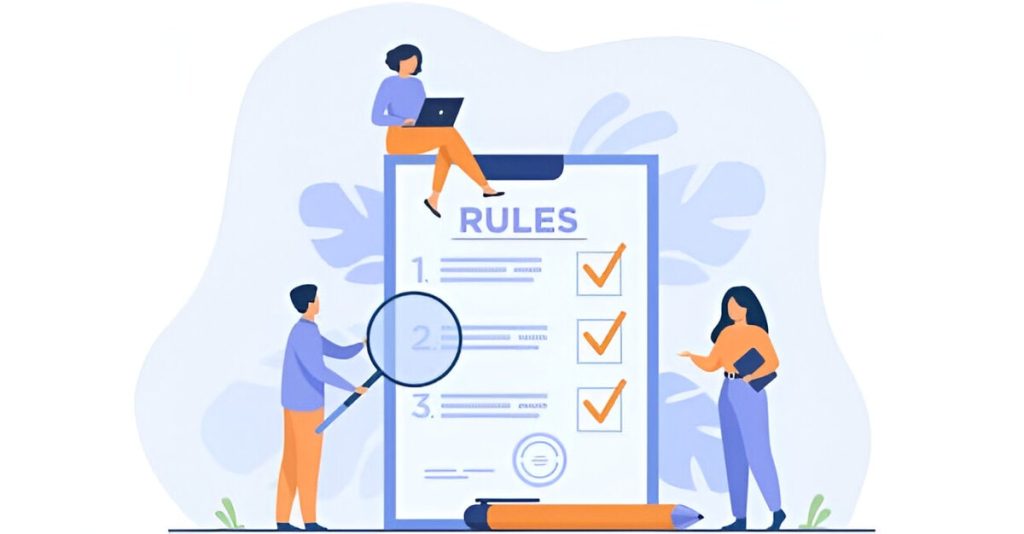Chargebacks are a crucial aspect of online commerce. They protect consumers but can pose serious financial risks to merchants. To mitigate these risks, it’s important to understand the chargeback process, how to prevent disputes, and how to handle them effectively. Below, we break down the key chargeback rules, strategies for reducing chargebacks, and insights into the financial impact on merchants.
1. Introduction to Chargebacks
A chargeback is a transaction reversal initiated by the cardholder’s bank when the cardholder disputes a charge. This can happen due to fraud, dissatisfaction, or errors in the transaction. While chargebacks protect consumers, they create significant costs for merchants. Fraud-related chargebacks cost merchants billions each year, with friendly fraud making up 60-80% of disputes.
2. Types of Chargebacks
Knowing the different chargeback types helps merchants better understand the risks and prepare effective prevention strategies.
2.1 Fraud-Related Chargebacks
These result from unauthorized transactions. Fraudulent charges, especially in card-not-present (CNP) transactions, are common in e-commerce. Online merchants must invest in fraud detection tools to avoid these disputes.
2.2 Authorization Errors
These disputes happen when a transaction is processed without valid authorization. Examples include processing after a card has been reported lost or when authorization was declined.
2.3 Processing Errors
Errors like duplicate transactions, incorrect amounts, or wrong account numbers fall under this category. Such mistakes often result from system or human error, highlighting the importance of efficient payment processing systems.
2.4 Consumer Disputes
Consumer disputes arise when customers claim they didn’t receive what they paid for, the goods were defective, or the service was not as described. Such chargebacks can be mitigated through clear product descriptions and strong customer service.
3. Chargeback Process
Chargebacks follow a structured process, ensuring both parties can present evidence before a final decision is made. Here’s a breakdown of the typical chargeback process:
- Dispute Initiated: The cardholder contacts their bank to dispute a transaction.
- Bank Review: The issuing bank reviews the cardholder’s claim and requests evidence from the merchant.
- Merchant Response: The merchant submits relevant documentation (such as proof of delivery or transaction records) to dispute the chargeback.
- Decision or Arbitration: Based on the evidence, the bank either sides with the cardholder or the merchant. Unresolved disputes may go to arbitration, where the card network makes the final decision.
Table 1: Chargeback Time Limits by Card Network
| Card Network | Cardholder Filing Deadline | Merchant Response Deadline | Arbitration Period |
|---|---|---|---|
| Visa | 120 days | 20 days | 60-90 days |
| Mastercard | 120 days | 45 days | 60-90 days |
| American Express | 120 days | 20 days | 60-90 days |
| Discover | 120 days | 20 days | 60-90 days |

4. Financial Impact on Merchants
Chargebacks impose several costs on merchants:
- Chargeback Fees: Depending on the industry, chargeback fees range from $15 to $100. These fees are imposed even if the merchant wins the dispute.
- Lost Revenue: When a chargeback is filed, the merchant loses not only the sale but also the goods or services provided, often resulting in significant revenue loss.
- Chargeback Ratios: If a merchant’s chargeback ratio exceeds 1%, they may face higher fees, additional reserve requirements, or even termination of their merchant account.
Table 2: Chargeback Costs by Industry
| Industry | Chargeback Fee | Average Loss per Chargeback |
|---|---|---|
| E-commerce | $20 – $50 | $200 – $400 |
| Travel & Hospitality | $25 – $75 | $300 – $500 |
| Digital Goods | $15 – $50 | $100 – $300 |
These figures underscore the importance of managing chargebacks effectively to avoid penalties and financial loss.
5. Preventing Chargebacks
Preventing chargebacks is crucial to minimizing their financial impact. Merchants can implement various strategies to reduce the likelihood of disputes:
- Fraud Prevention: Implement tools like Address Verification Service (AVS), Card Verification Value (CVV), and 3D Secure to prevent fraud. These tools help verify the legitimacy of transactions and reduce unauthorized purchases.
- Clear Billing Descriptors: Make sure customers can easily recognize your billing name on their statements. Unfamiliar billing descriptors often lead to unnecessary chargebacks.
- Transparent Policies: Provide clear product descriptions, return policies, and shipping timelines to minimize disputes related to product dissatisfaction.
- Customer Service: Encourage customers to contact your support team directly before filing a chargeback. Resolving disputes early can prevent formal chargeback filings.
To ensure merchants are well-equipped to prevent chargebacks, Merchanto.org, a certified partner of Visa and Mastercard, provides specialized chargeback prevention tools. Their solutions help merchants detect and resolve potential disputes before they escalate. For more information, visit Merchanto.org.
6. Visa’s Compelling Evidence 3.0 (CE 3.0)
Visa’s new Compelling Evidence 3.0 (CE 3.0) framework is aimed at reducing friendly fraud and CNP disputes. The updated rules require merchants to provide robust evidence, including prior transaction history, device fingerprints, and shipping documentation, to prove the legitimacy of a transaction.
CE 3.0 Requirements:
- Transaction History: Evidence of at least two prior transactions between the merchant and customer within the last 365 days.
- Device Data: Device ID or fingerprint, IP address, and other identifying elements must be submitted to verify the buyer’s identity.
- Delivery Confirmation: Proof of delivery or service fulfillment, such as tracking data or digital logs, is required for dispute resolution.
Table 3: CE 3.0 Evidence Requirements
| Requirement | Description |
|---|---|
| Prior Transaction History | Evidence of two prior transactions within the last 365 days |
| Device Information | Device ID, IP address, and other data from previous transactions |
| Proof of Delivery | Shipping or digital fulfillment records to prove order completion |
Merchants should ensure they have the technology and infrastructure to collect and store this data. CE 3.0 is expected to improve merchants’ ability to fight fraudulent chargebacks, but it requires investment in data management.

7. Legal and Compliance Considerations
The Fair Credit Billing Act (FCBA) gives cardholders the right to dispute charges, often putting merchants in a tough position. The FCBA allows consumers to dispute transactions within 60 days, and although banks often side with consumers, merchants can still take steps to protect themselves by following card network rules closely.
Table 4: Key Legal and Card Network Requirements
| Requirement | Visa | Mastercard | American Express |
|---|---|---|---|
| Filing Time (Cardholder) | 120 days | 120 days | 120 days |
| Merchant Response Deadline | 20 days | 45 days | 20 days |
| Chargeback Ratio Threshold | 1.5% | 1.0% | 1.0% |
Following these rules ensures that merchants stay compliant and reduces the risk of penalties.
Conclusion
Chargebacks can be a significant burden for online merchants, but understanding the process, the types of chargebacks, and strategies to prevent disputes can help minimize financial losses. By implementing fraud prevention tools, maintaining clear communication with customers, and keeping up-to-date with changes like Visa’s CE 3.0, merchants can better manage the chargeback process.
With a proactive approach, merchants can navigate chargeback disputes more effectively, reducing costs and maintaining better control over their revenue.



